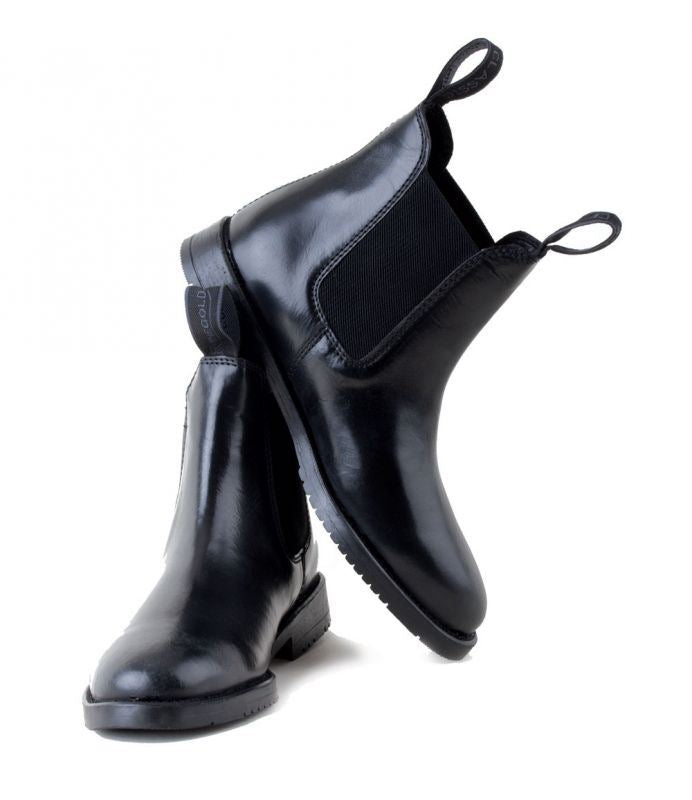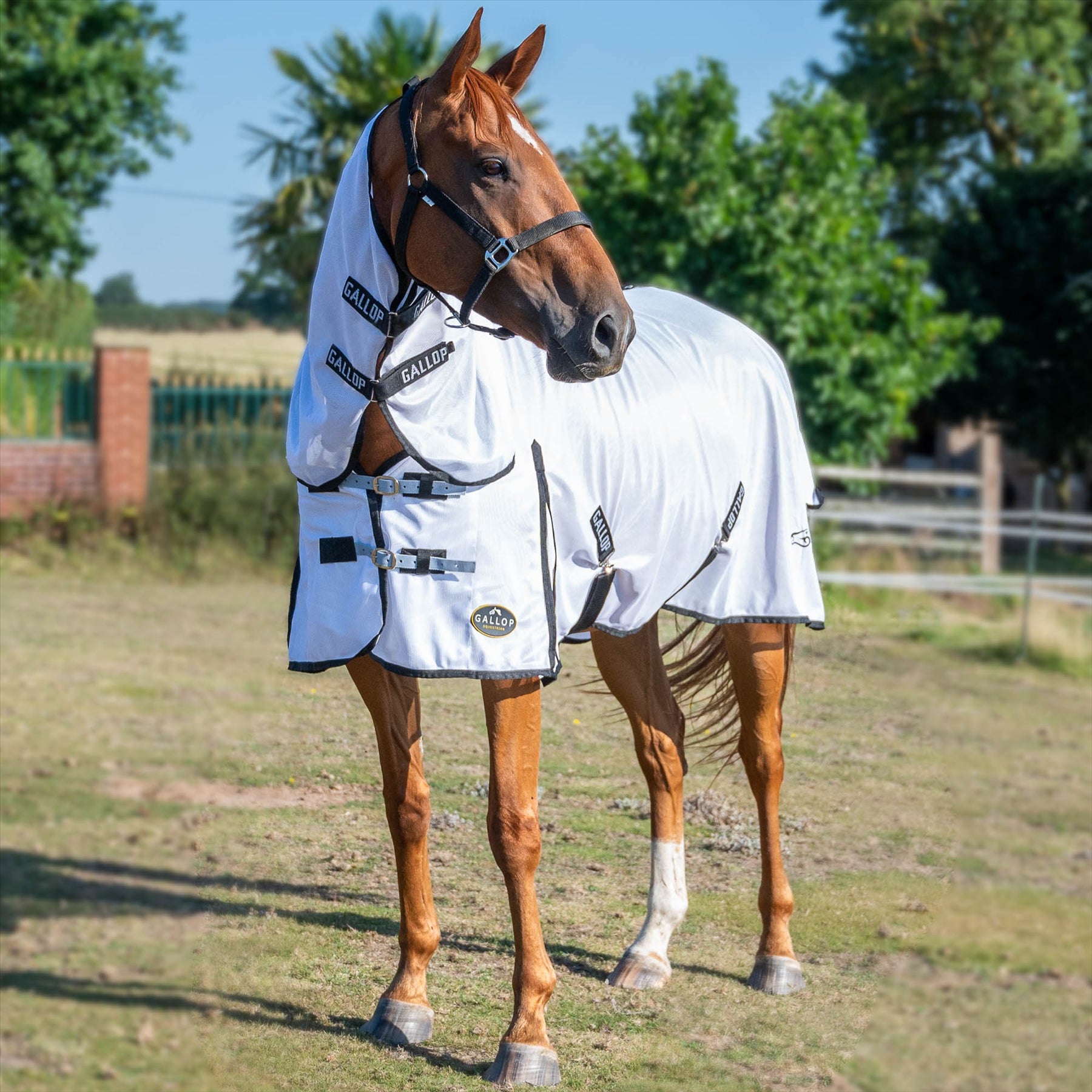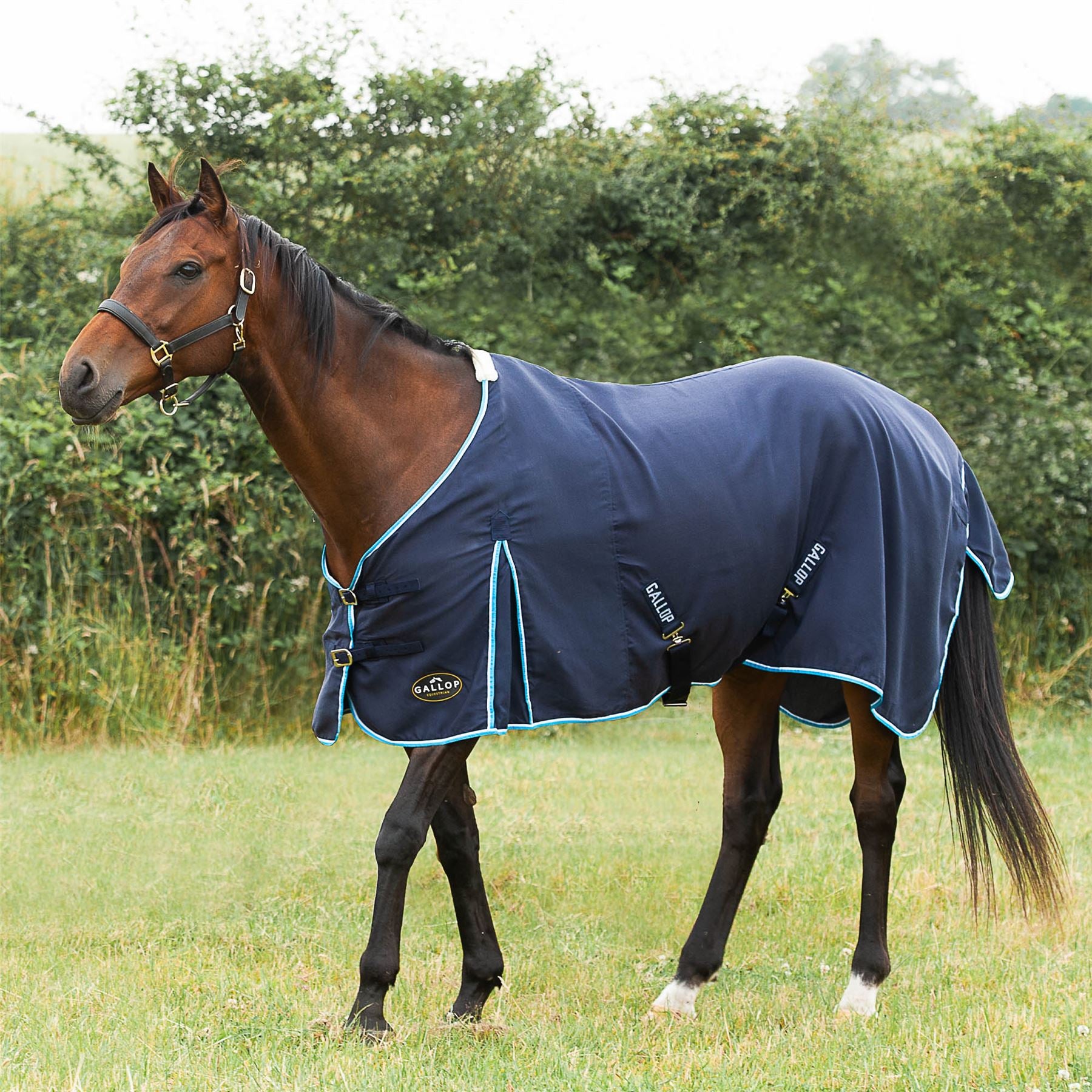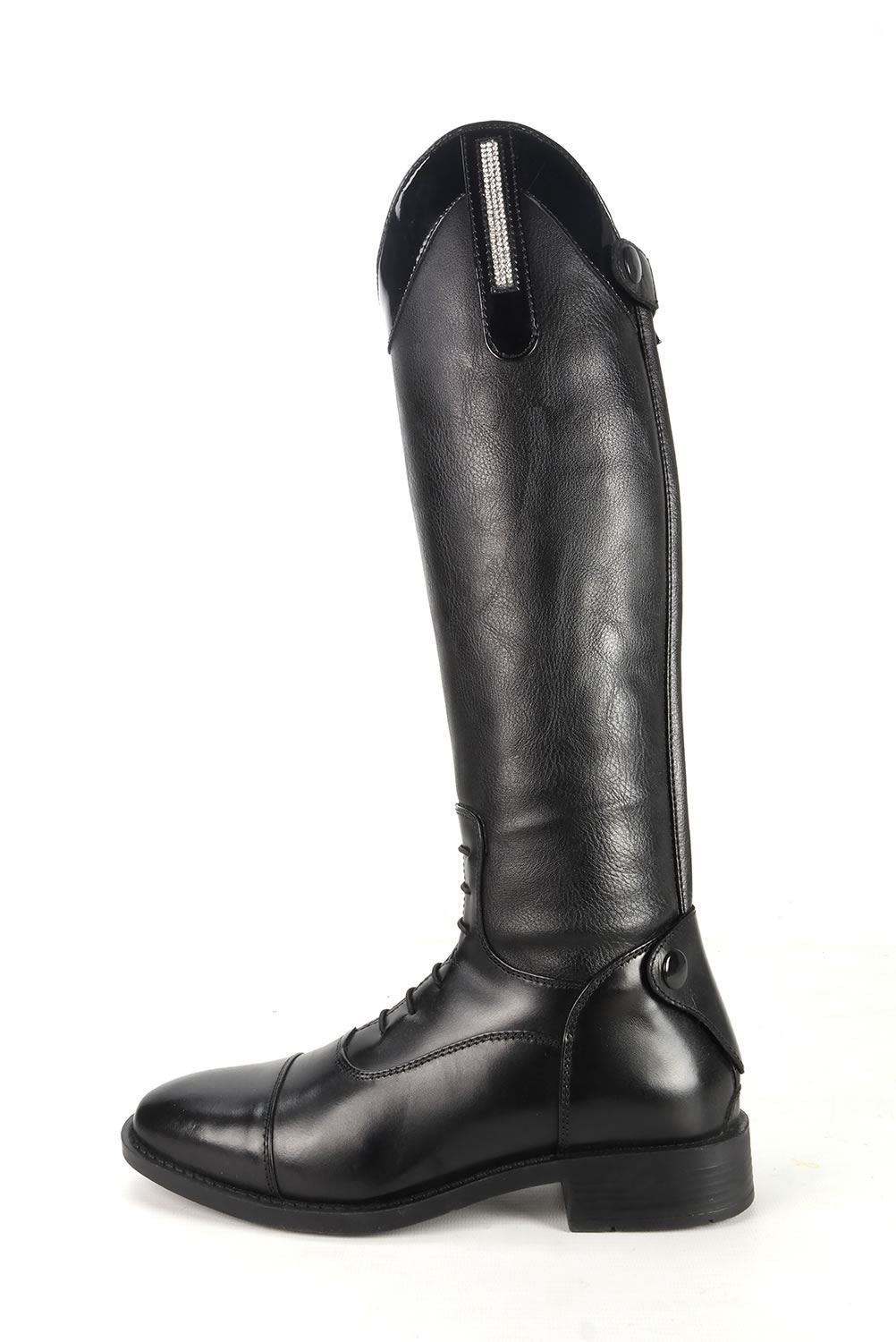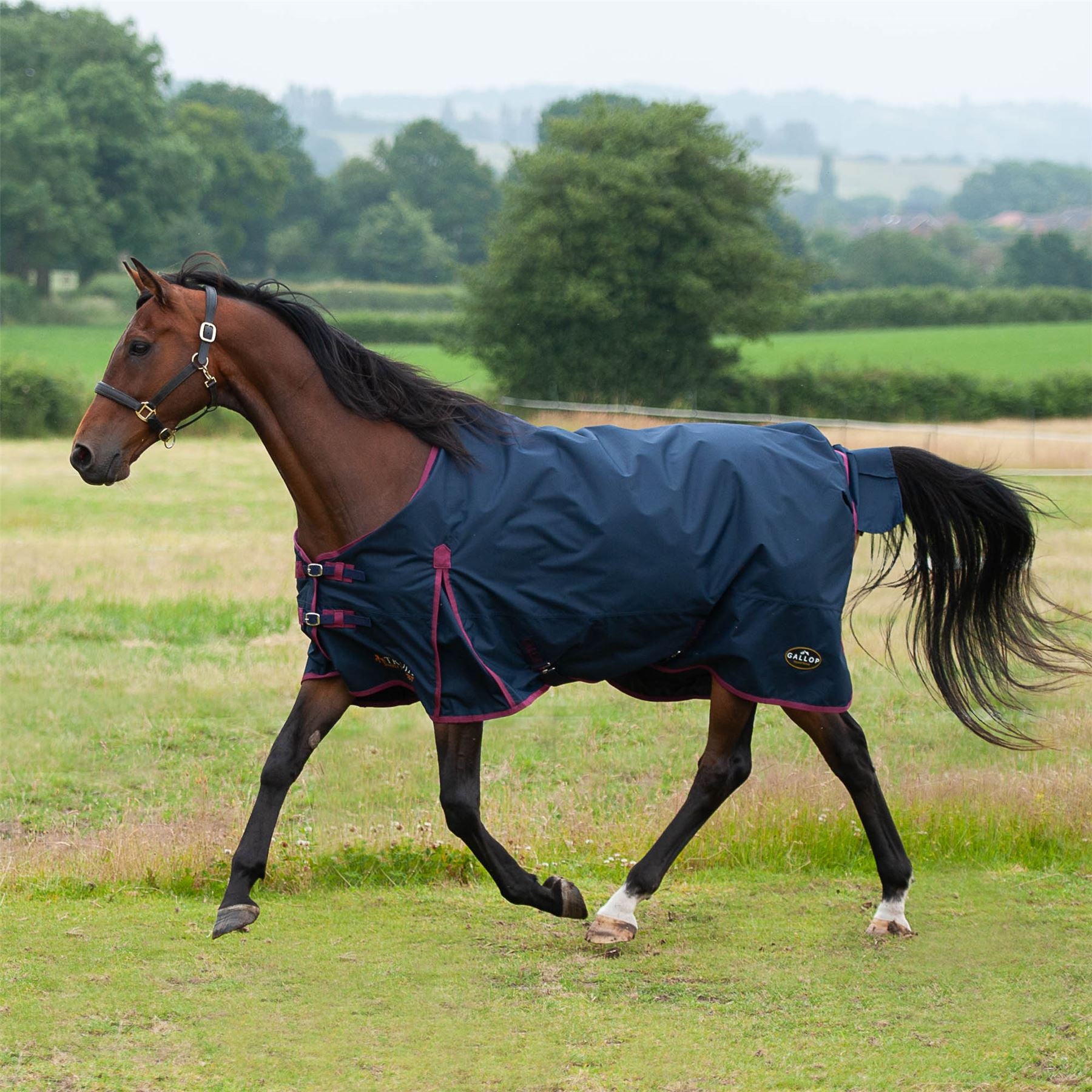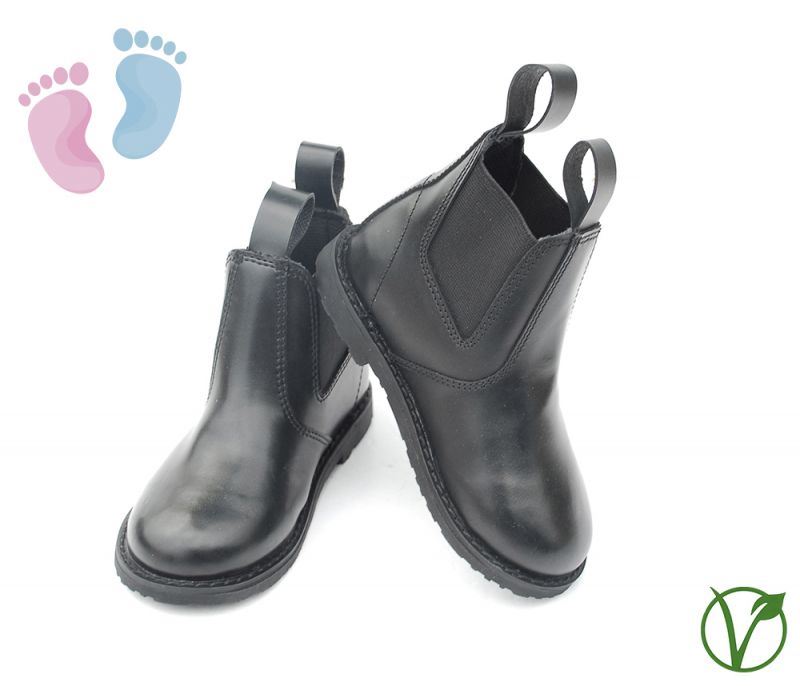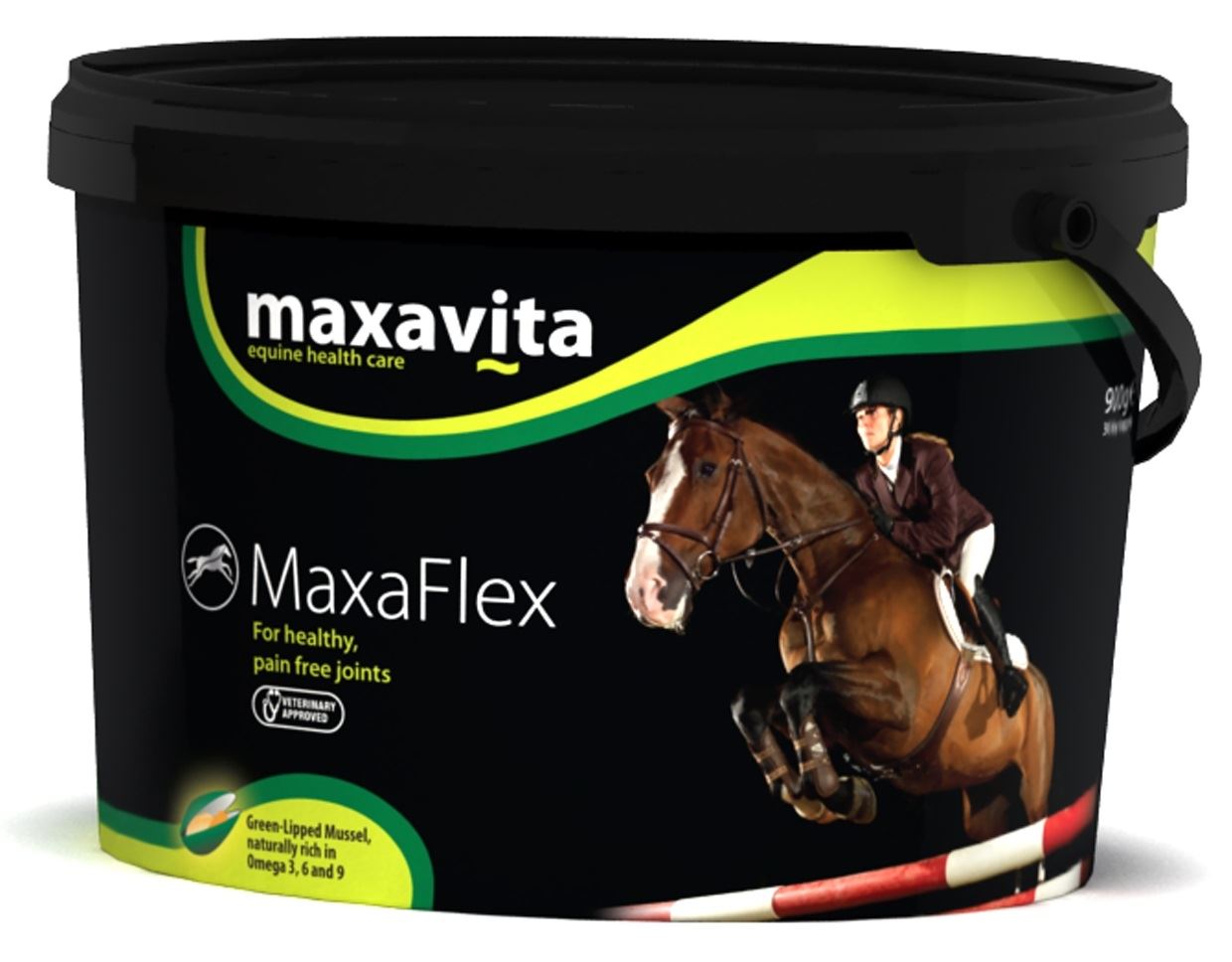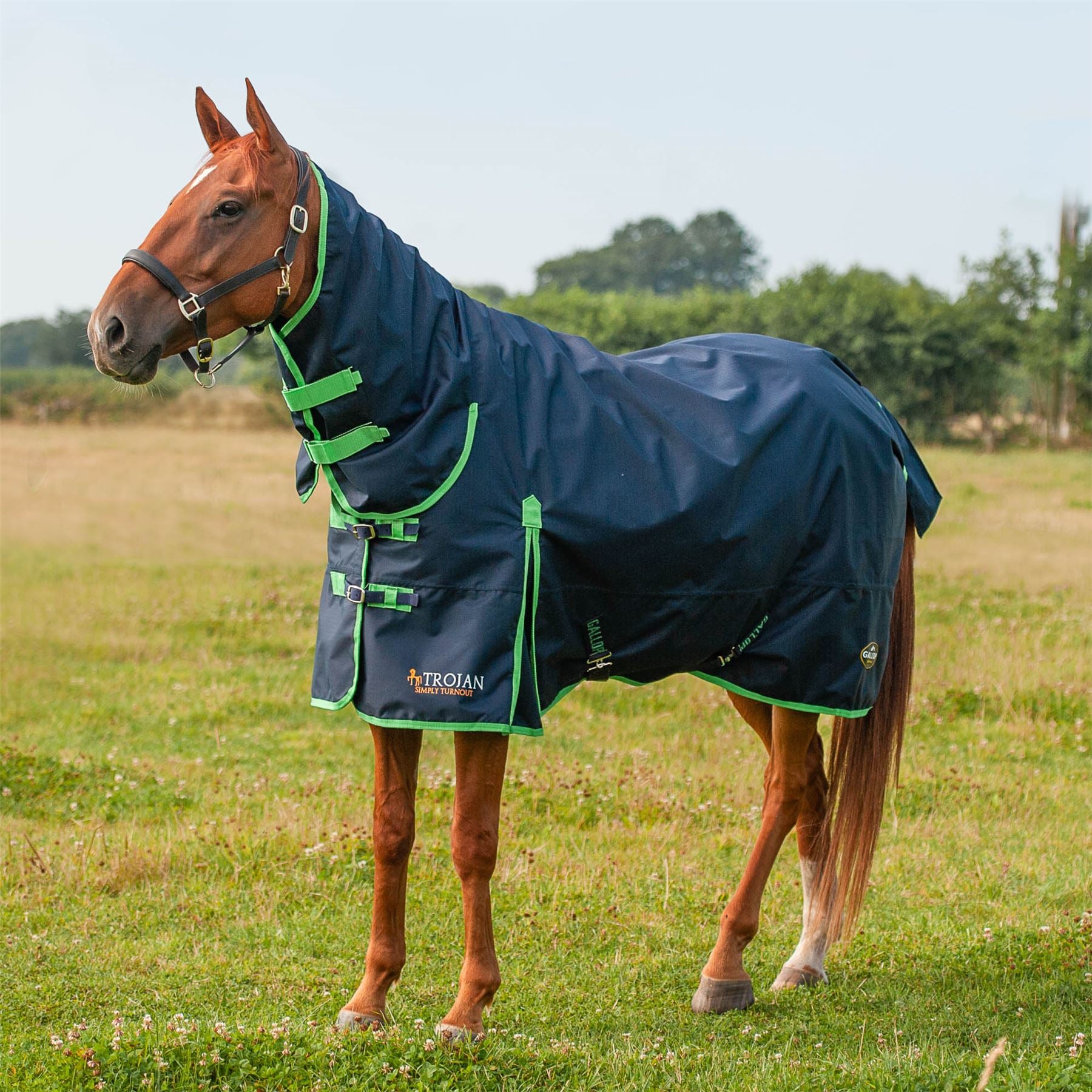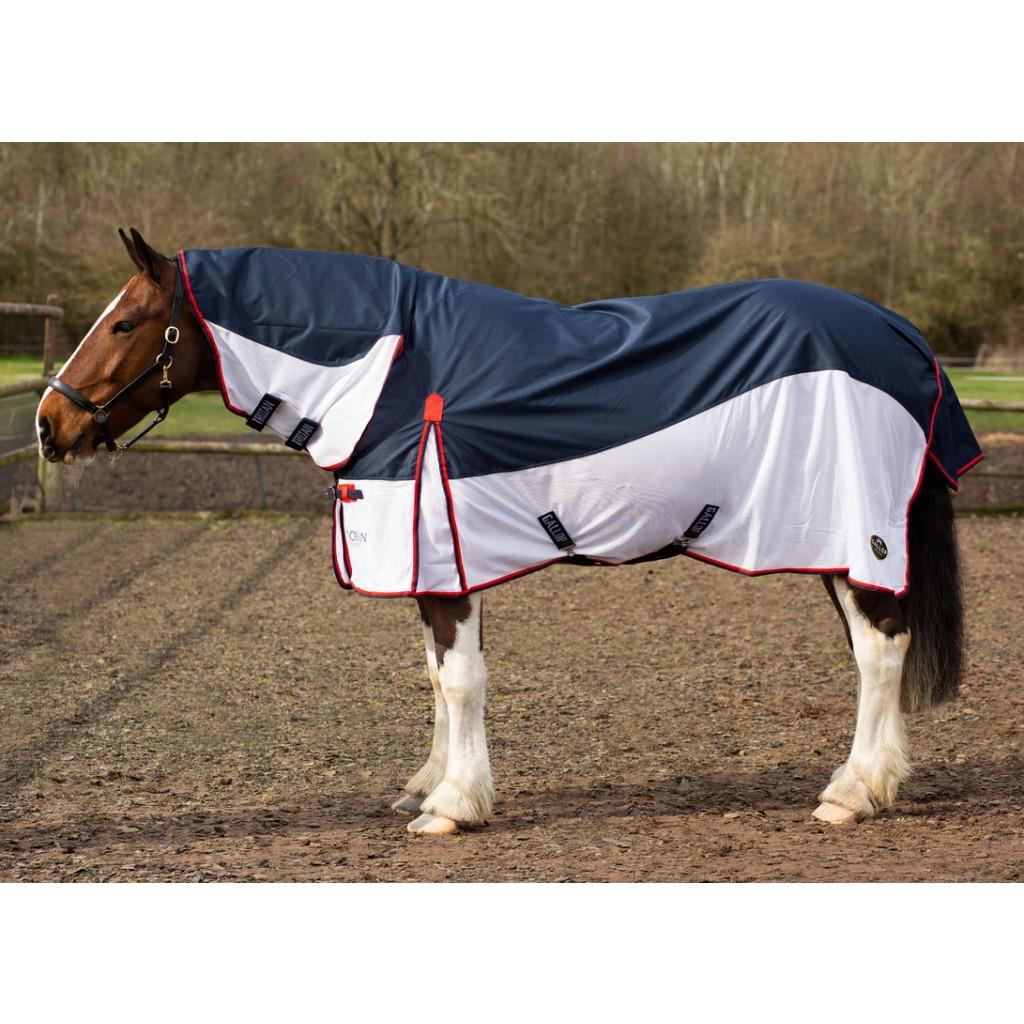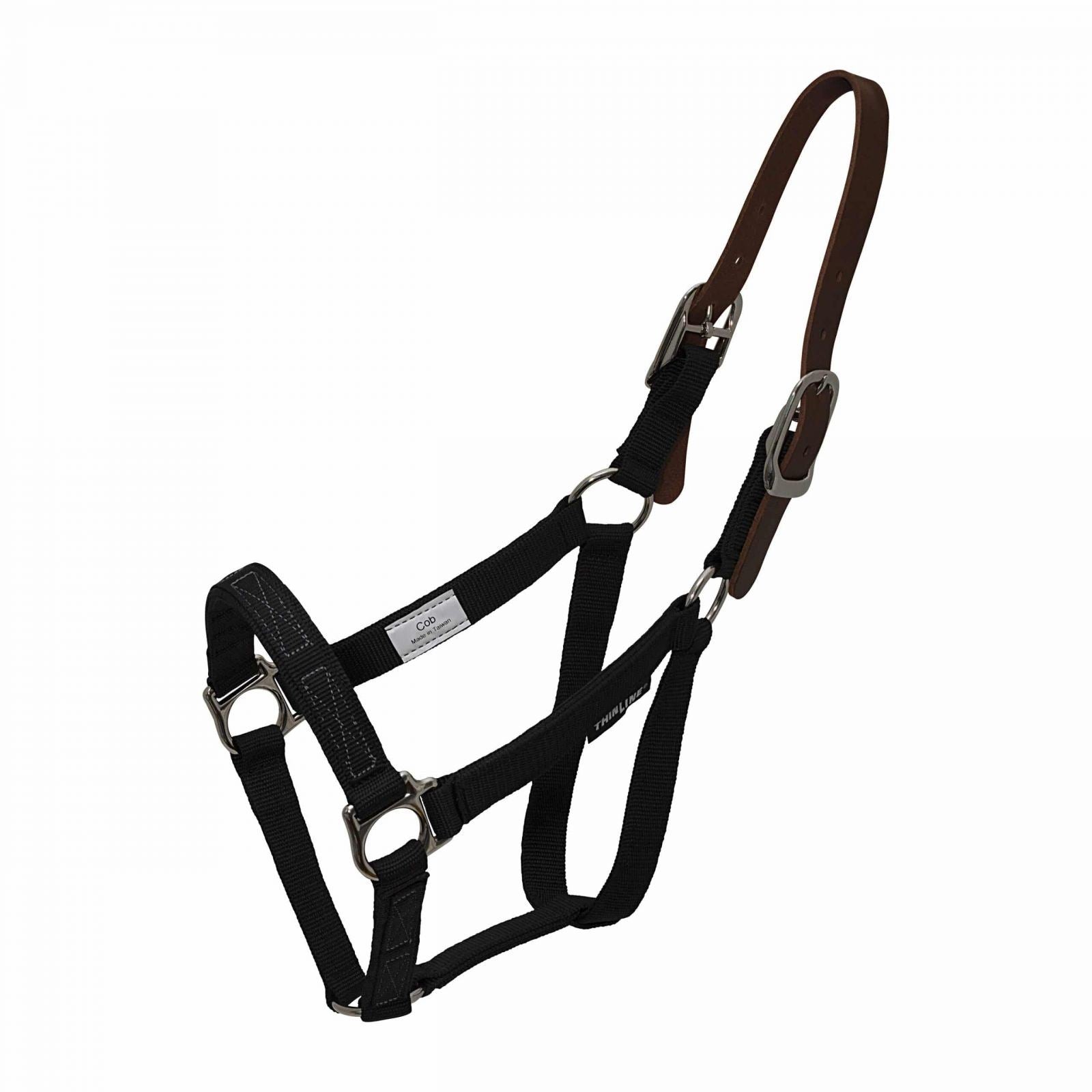Enhancing Equine Athletic Training Through Human Sports Insights
Equine athletes, much like their human counterparts, require strategic training to excel. Harnessing the methodologies from human athletics can offer significant improvements in the conditioning of horses. This article delves into how equine training can be optimized by borrowing effective techniques from human sports, with insights generously shared by equestrian sport scientist Dr. Tim Worden.
Flexibility: The Keystone of Equine Training
Unlike humans, horses can't verbally express when they're overtrained or exhausted. Yet, they react adversely if pushed beyond limits. Recognizing these signs, Dr. Worden emphasizes the need for flexible training plans. By daily monitoring of equine conditions during activities, trainers can adapt strategies, much like elite athletes listening to their bodies. This adaptability prevents injuries and maximizes performance potential. For instance, monitoring phases from stall to active training can finely tune training needs.
Tracking Progress: Quantification Techniques
Quantifying progress in equine sports has been revolutionized with technology. Devices similar to athlete wearables provide insights into a horse’s performance. Technologies like EQUIMETRE track horse-specific metrics like heart rate, speed, and stride dynamics, offering trainers a data-driven pathway to enhance performance. Contrast this with human sports, where athletes and coaches continually rely on performance statistics to tailor training protocols.
Designing Target-Driven Exercises
Exercise design is another area where human athletics offers valuable lessons. Mimicking real competition scenarios enhances muscle memory and psychological readiness. However, where humans communicate needs verbally, equine trainers must be adept observers of non-verbal cues, ensuring exercises are both physically stimulating and mentally engaging. Regularly varying activities keep horses interested, as stagnant routines can lead to disengagement.
Managing Risks in Equine Sports
Risk management in equine sports involves identifying potential injury pitfalls, akin to sports strategies in managing athlete burnout. High-risk elements such as travel, climatic variations, or equipment changes demand a proactive approach. Dr. Worden advocates for strategies that preemptively tackle such risks, ensuring long-term health and peak performance are maintained. This parallels human sport where managing emotional, nutritional, and physical stressors is key to athlete longevity.
Harnessing the Power of Psychological Conditioning
Psychological conditioning in equine training might initially evoke a raised eyebrow. Still, the horse's temperament and the rider's relationship play pivotal roles, much like the chemistry between coach and athlete. Techniques that build a positive rapport can maximize the synchronization of efforts in competition settings. Such grooming ensures that both horse and rider approach challenges with a unified mindset.
Innovations and Environmental Sensitivities
Finally, groundbreaking wearable technology enhances training potential by delivering real-time insights into a horse’s physiological state. From preventing fatigue-related injuries to optimizing training sessions, these devices echo human athletic advancements, like heart rate monitors. Additionally, environmental factors such as climate and terrain are crucial. Training regimens should include acclimatization strategies, echoing methods humans use when preparing for events in varying conditions.
Conclusion: Bridging The Training Gap
Integrating human athletic insights into equine training can substantially uplift horse performance while reducing associated risks. This methodology's essence lies in flexible planning, quantifiable progress, tailored exercises, and keen risk management. As technology and equine physiology comprehension grow, so too will the potential for horses to achieve unparalleled athletic excellence.
For more in-depth insights, refer to ThoroEdge's article that further compares these fascinating training parallels.


